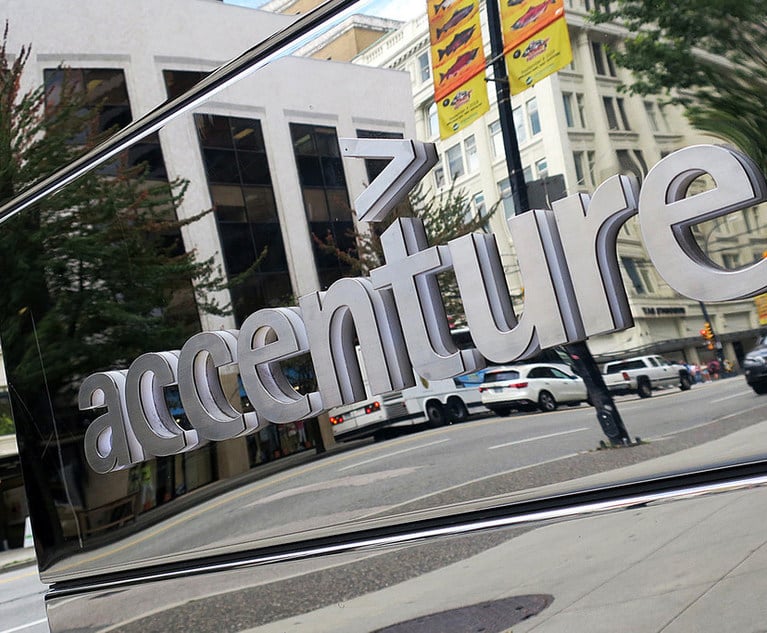Methods of communicating electronically change rapidly. While traditional email communication is still widely used, more people are turning to text, chat, and social communications, even in the corporate world.
Communications platforms now include services such as Skype, Facebook, Twitter, HipChat, WhatsApp, Snapchat, WeChat, Viber, and Wickr. Some of these applications offer end-to-end encrypted calling, video conferencing, messaging, and file transfer at the personal and enterprise level, and others are ephemeral, allowing mobile-to-mobile transmission of multimedia messages that automatically disappear from the recipients’ and senders’ devices after the message has been viewed, either instantly or after a set time period.
New discoverable data types for business
These communication types are becoming increasingly valuable tools for many businesses. Texting and similar electronic communication platforms have become second nature for many employees in their personal lives. Technologies developed for business use capitalise on this naturalised behaviour and seek to allow employees to discuss confidential information in a similarly convenient and efficient, yet secure, way.
However, these newer methods of communicating create complications for information governance and eDiscovery professionals. This is especially true when the communications platforms are used in official capacities and when regulatory compliance or legal requirements impose the need to reliably record, store, and protect the information.
Because electronically stored information no longer consists simply of email and digital versions of documents, but also includes text, video, and voice files; pictures; and emojis. As such, information governance and legal professionals must think beyond digital copies of memos and reports.
Chat and social media data complicate eDiscovery
For eDiscovery purposes especially, the technical aspects of storing and archiving these types of communications, as well as retrieving them, cannot be viewed as a straightforward search for email and digital documents.
A few methods exist for gathering social media-type communications in the eDiscovery context: Screen shots or printing the images (tends to lose context and associated metadata), self-service export tools available through the platform being used (generally available only to the account holder), and specialised forensic collection software (which often captures not only files, but associated metadata and linked content, and provides options for searching, sorting, and filtering.)
From a litigation standpoint, the electronic communications and information discussed above are discoverable under the same conditions and in the same ways as other types of evidence. Anything made publicly available can be collected by any party, while non-public materials are obtained through the discovery process.
Duty to preserve social media data
The discovery rules provide that any non-privileged matter that is relevant to a claim or defence and is proportional to the needs of the case can be discovered by a party to the case. Because social media communications can be relevant to a litigation, businesses have a duty to preserve such materials and lawyers have an obligation to inform clients of their duty to preserve things like texts, webchats, and ephemeral messages. These obligations have been set out in case law, as well as ethics opinions governing the conduct of lawyers.
To ensure they are meeting their obligations and protecting their clients and employers, information governance professionals and litigators need a good understanding of the communications platforms used by their clients; how, when, and how much of the electronic communications may be relevant to potential litigation; and how to store and retrieve important content and ensure it is not lost.
NOT FOR REPRINT
© 2024 ALM Global, LLC, All Rights Reserved. Request academic re-use from www.copyright.com. All other uses, submit a request to [email protected]. For more information visit Asset & Logo Licensing.









